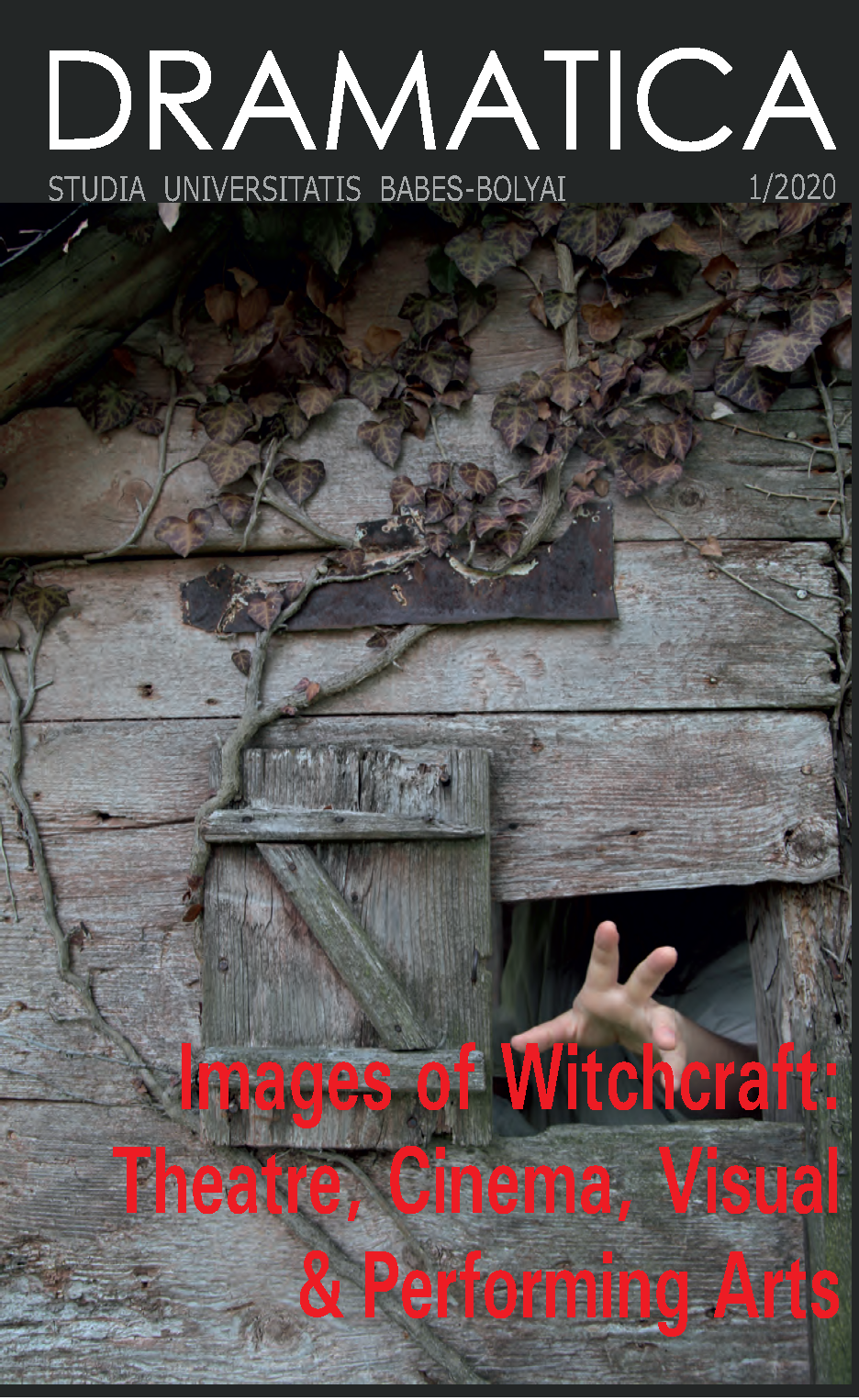“Sabrina, you’re not yourself.” The Borrowings of Sabrina Spellman
DOI:
https://doi.org/10.24193/subbdrama.2020.1.11Keywords:
Sabrina Spellman, witchcraft, ChAoS series, sources, Buffy, the Vampire Slayer, cultural borrowings.Abstract
This article examines the contradiction between shallowness and silliness in the television series Chilling Adventures of Sabrina from the perspective of creative piracy. I argue that the show adopted the superficiality of the 1960s comics. Despite substantial hijacking of elements from series like Buffy the Vampire Slayer or a movie Something Wicked This Way Comes the writers failed to lift this new Sabrina to a better quality. The borrowed elements simply made it more chaotic.
References
Blécourt, Willem de. “Witches on Screen.” In The Oxford Illustrated History of Witchcraft and Magic, edited by Owen Davies, 253-280, 287-288. Oxford: OUP, 2017.
Bold, Valentina. “The Wicker Man: Virgin Sacrifice in Dumfries and Gallow.” In Fantastical Imaginations: The Supernatural in Scottish History and Culture, ed. Lizanne Henderson. John Donald Publishers, 2009.
Edwards, Emily D. Metaphysical Media, The Occult Experience in Popular Culture. Carbondale: Southern Illinois University Press, 2005.
Grimm, Jacob. Teutonic Mythology. London: Bell, 1883.
Hopkins, Susan. “Sabrina, the Teenage Witch.” In Girl Culture: An Encyclopedia, edited by Claudia A. Mitchell & Jacqueline Reid-Walsh, 513-514. Westport and London: Greenwood Press, 2008.
Hurst, Bryce K. “The Devil is in the Trademark: A Discussion of the Satanic Temple v. Netflix.” Law and Religion 20 (2019), 219-237.
Foutch, Haleigh. “Chilling Adventures of Sabrina Season 3 Delivers Its Most Delightfully WTF Witchery Yet.” Collider, 24 January 2020.
Franco, Hector Manuel. Season of the Witch: The Externalization of Feminine Powers. Master thesis San Francisco State University 2019.
Guiley, Rosemary Ellen. The Encyclopedia of Witches, Witchcraft and Wicca. Third edition, New York: Facts on File, 2008.
Huckvale, David. A Green and Pagan Land: Myth, Magic and Landscape in British Film and Television. Jefferson: McFarland, 2018.
Keene, Alison. “Chilling Adventures of Sabrina Part 2. Review: A Marginally Magical Return.” Collider, 1 April 2019.
Kelly, S. D. “The Problem of Evil in The Chilling Adventures of Sabrina.” Christianity Today, 5 April 2019.
Koven, Mikel J. “The Folklore Fallacy. A Folkloristic/Filmic Perspective on The Wicker Man.” Fabula 48 (2007), 270-280.
Laylock, Jospeh. Speak of the Devil: How the Satanic Temple Is Changing the Way We Talk About Religion. Oxford: OUP, 2020.
Mangan, Lucy. “Chilling Adventures of Sabrina Review – Where has the Magic Gone?” The Guardian, 27 October 2018.
Murray, Margaret Alice. The God of the Witches. London: Low, 1933.
Mustafa, Jamil. “The American Gothic and the Carnivalesque in Something Wicked This Way Comes.” The New Ray Bradbury Review 5 (2019), 52-67.
Opie, Iona and Peter Opie. The Oxford Dictionary of Nursery Rhymes. Oxford: OUP, 1997.
Reid, Robin Ann. Ray Bradbury. A Critical Companion. Westport/London: Greenwood Press, 2000.
Rogers, Anna S. Appropriation of the “Witch” Stigma as White Women’s Self-Empowerment. Doctoral dissertation University of South Carolina, 2019, https://scholarcommons.sc.edu/etd/5395.
Schuurmans, Floortje. Transgressive Women Warriors or a Post-Feminist Masquerade? The Evolution of Gender Portrayals in Female-Fronted Teen Television Series. Bachelor’s thesis, Nijmegen: Radboud University, 2019.
Steinke, Danielle. “#MeToo and the Witching Hour: Contemporary Feminist Discourse on the Representation of Witchcraft in the Chilling Adventures of Sabrina.” Student paper MacEwan University 2019, https://roam.macewan.ca/islandora/object/gm:1815
Downloads
Published
How to Cite
Issue
Section
License
Copyright (c) 2020 Studia Universitatis Babeș-Bolyai Dramatica

This work is licensed under a Creative Commons Attribution-NonCommercial-NoDerivatives 4.0 International License.


